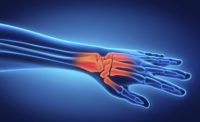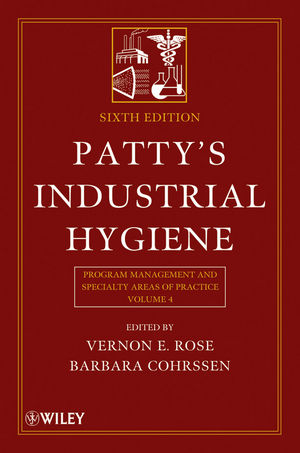 The warning issued last week from the CDC, or the Centers for Disease Control and Prevention, relating to the threats from strains of bacteria that have grown impervious to bacteria, may only scratch the surface with respect to the overall threat.
The warning issued last week from the CDC, or the Centers for Disease Control and Prevention, relating to the threats from strains of bacteria that have grown impervious to bacteria, may only scratch the surface with respect to the overall threat.
The health warning did estimate that at least 2 million people in this country become infected with bacteria that are resistant to antibiotics, and that at least 23,000 people die each year as a result of these infections. Thousands more die from infections contracted in hospitals, as well as from other conditions that were complicated by antibiotic-resistant infections.
“We feel the problem is getting worse, not better,” said Jack Lennon, president of UV Flu Technologies.
“The average person breathes 3,600 gallons of air per day, and little if any has been treated to kill or trap the airborne infection and contaminants that enter our lungs every minute we’re alive. TB, Whooping Cough, MRSA, Staph, and a host of other airborne bacteria and viruses are growing stronger, in some cases becoming totally resistant to treatment with antibiotics. Many of these strains are at epidemic proportions in other countries, and it’s only a matter of time before they spread to this country,” said. Lennon.
“Children experience antibiotics at much earlier ages, rarely do they have the childhood diseases that most adults had 30-50 years ago, and children spend 90% of their time indoors, so their immune response systems are at a disadvantage in fighting off these resistant strains of bacteria and other contaminants. A small contraction in the breathing passages of small children can cut their breathing 60-70%, up to 4 times more severe than a typical adult.”
“We feel preventing the spread of these airborne infections is the first line of defense. Airborne contaminants sink over time, making surface contamination more severe, so just wiping down surfaces only addresses part of the problem.”
Dr. Walter Kowalski, one of the world’s leading authorities on ultraviolet light, and its ability in killing organic contaminants, reported in June, 2013 how effective 3 UV lamps and a catalytic kill chamber were in stopping the spread of airborne infection by killing all bacteria, viruses, and fungal spores in a typical sized room.


